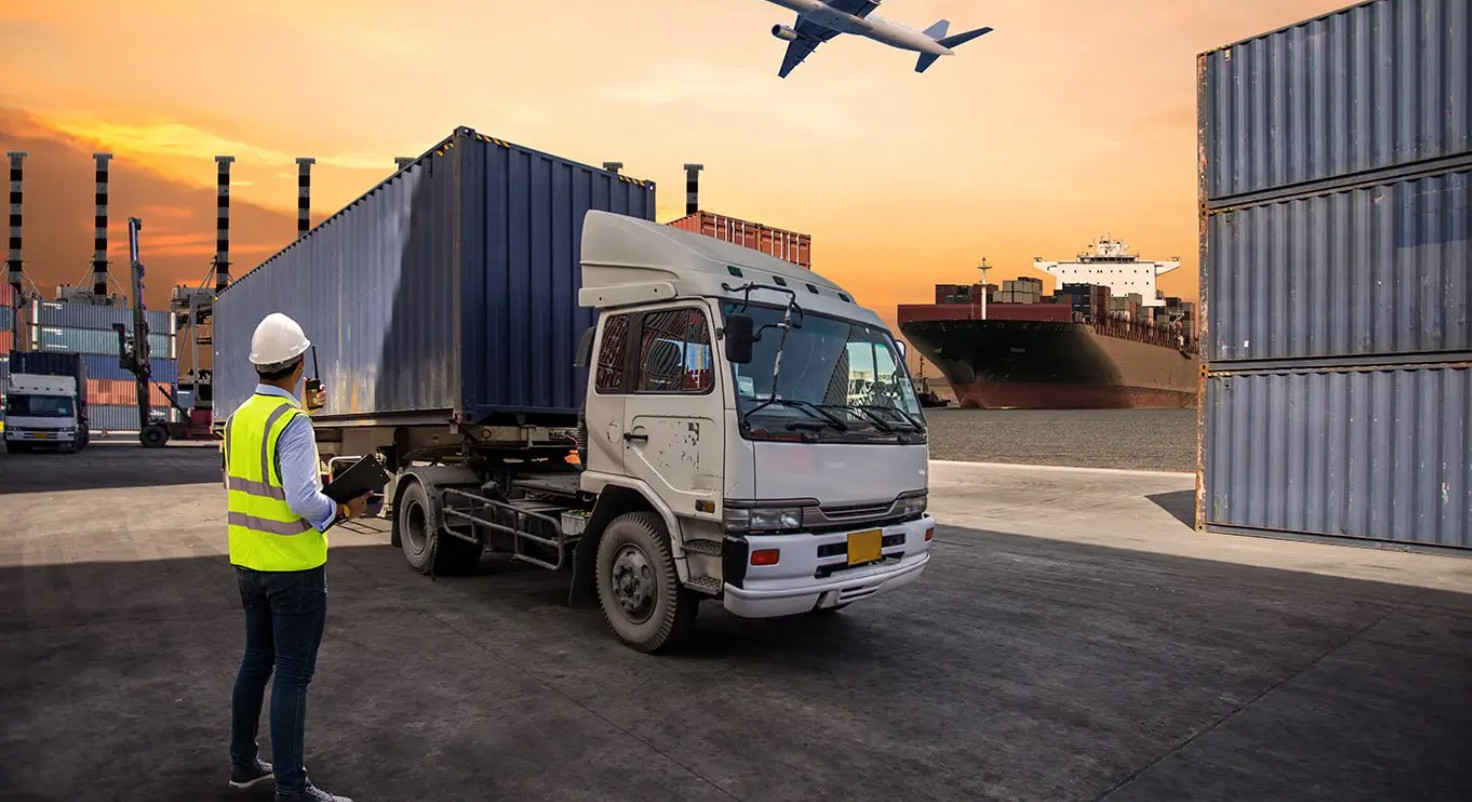In recent years the transportation and logistics industry has become increasingly customer-centric, offering customers transparency in the supply chain with on-demand delivery and tracking options. All of which is possible due to effective data strategies that empower transportation and logistics organizations to deliver hyper-personalized services. But is it possible for transportation and logistics organizations to further utilize their data strategy to increase their competitive advantage in the market?
As there are almost no switching costs for customers, it is vital that transportation and logistics organizations find a way to create carrier loyalty. While technology has already revolutionized the way the industry operates, with carriers using hyper-personalization, customer as a partner, and pay-as-you-go models, there is still room for improvement. Organizations that implement a digital transformation and change management program can help differentiate themselves from their competition. These differentiations can include increased sustainability, faster last mile deliveries, optimized operations that notify customers of delivery windows, and a smoother omnichannel experience across multiple touchpoints.
Other external drivers for data transformation include:
Data has always been an invaluable resource in business, but organizations have always found it challenging to unlock that value due to the high volume of data and the challenges associated with gathering, organizing and activating it.
The volume of data that exists and is available to organizations is increasing quickly. In fact, 90% of the data in the world today only became available in the last two years. This rapid growth in the volume of data has increased the challenge of managing that data, amplifying the need for a data strategy. Developing this data strategy is one way that organizations can overcome these challenges and access the value of their data while efficiently using their resources.

When it comes to integrating a data strategy into a business strategy, there are several challenges holding organizations back. These include:
Being data-driven requires an organization to base its strategic business decisions on data analysis and interpretation. This data-driven approach can enable organizations to utilize data with the goal of improving their processes, product portfolio, customer service and quality. A strategy which is focused directly on business outcomes, combined with the presence of a cloud infrastructure can help achieve this target.
Some approaches that transportation and logistics organizations can use to become even more data-driven include:
As we have seen, the transportation and logistics sector has led the way in utilizing data to deliver a better customer experience. The challenge for the sector is now to introduce data strategies into their business strategies that empower improved business outcomes and support organizations to obtain a competitive advantage in their market.
Is your organization ready to fully benefit from the potential of integrated data strategies? Learn more about how MLOps can play an important role in staying relevant and seizing business opportunities in the future.